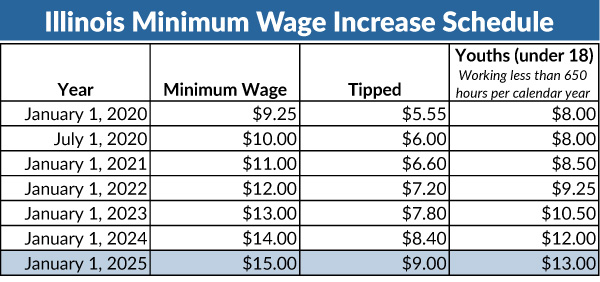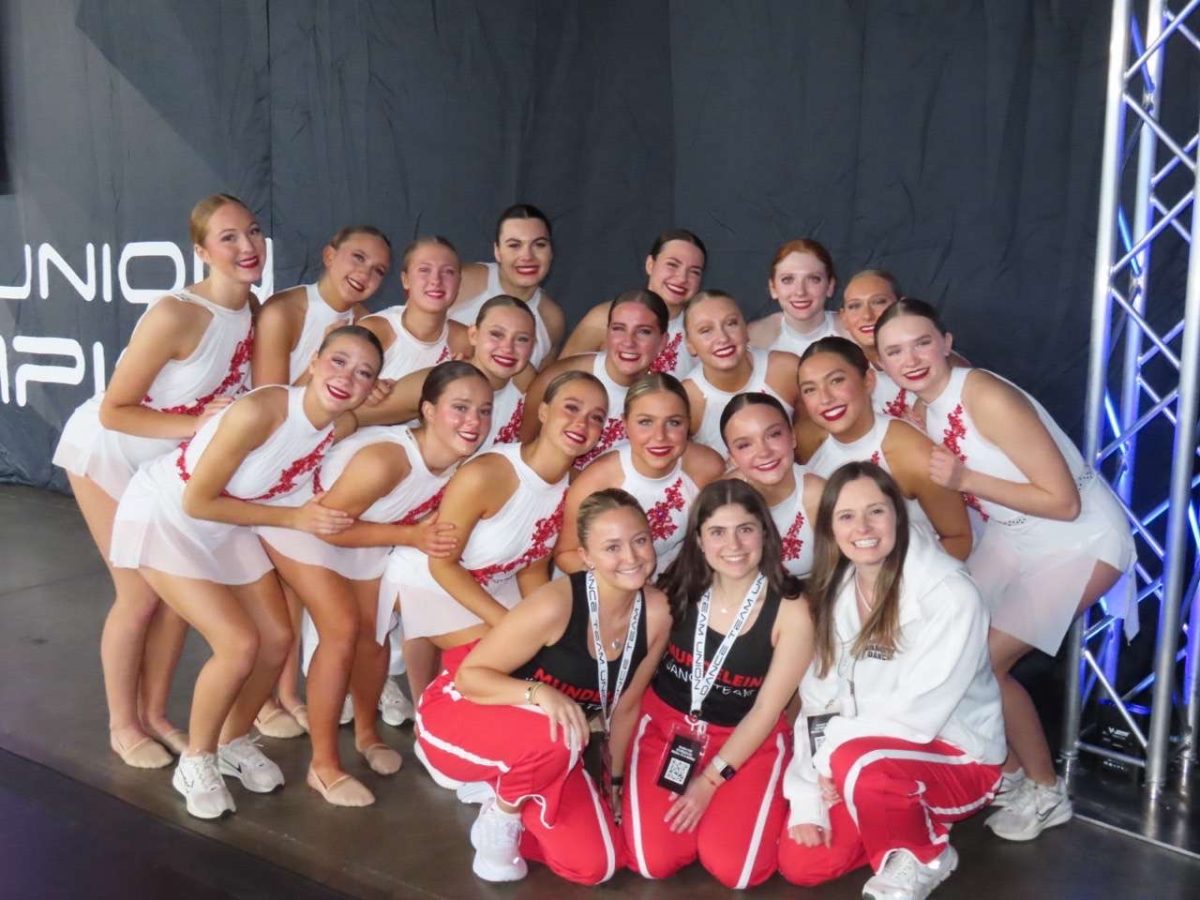Best-selling author, Candace Flemming, came to speak to students on February 7th, 2024 about her story-telling process. She writes non-fiction for young adults, her latest book being Murder Among Friends, a Chicago true-crime story.
Rebecca Plaza, a librarian at MHS, said about her coming to speak, “I hope students realized there are great stories and storytelling happening in the realm of non-fiction.”
Plaza also talked about the growing interest and readership of true crime being an incentive as Flemming regularly writes non-fiction in that genre.
During the presentation Flemming talked about her writing process. First she needs an to be interested enough in her research subject to spend years interviewing people, gathering information, and writing about it.
Fleming spoke of finding primary sources, “How do I know that every detail in this story is what I say it is? And there are a lot of details here: there’s dialogue, there’s descriptions, there’s details, sensory details. How do I know all that? I actually prefer to go to primary sources.”
She continued, “Primary sources information created at the time that person lives or the time an event took place. The very first thing I do to find those primary sources is a super quick Google search on where most of the records are for that particular person’s life or historical moment.”
Fleming lucked out in regards to finding primary sources for Murder Among Friends because she found most of her sources in Northwestern University’s library or the Chicago Historical Foundation. She chooses to go straight to primary sources because she wants to decide for herself what the story is even if she’s using the same sources as other authors who have breached the same subject.
When assembling her stories Flemming needs what she calls a “vital idea”. She defines this as, “What do I have to say to you readers of the 21st century with a story from the past.”
This means drawing relevance applicable to today from events that occurred decades ago. The final product is nonfiction written novelistic form that can easily compel younger readers to stories that otherwise may not interest them.

